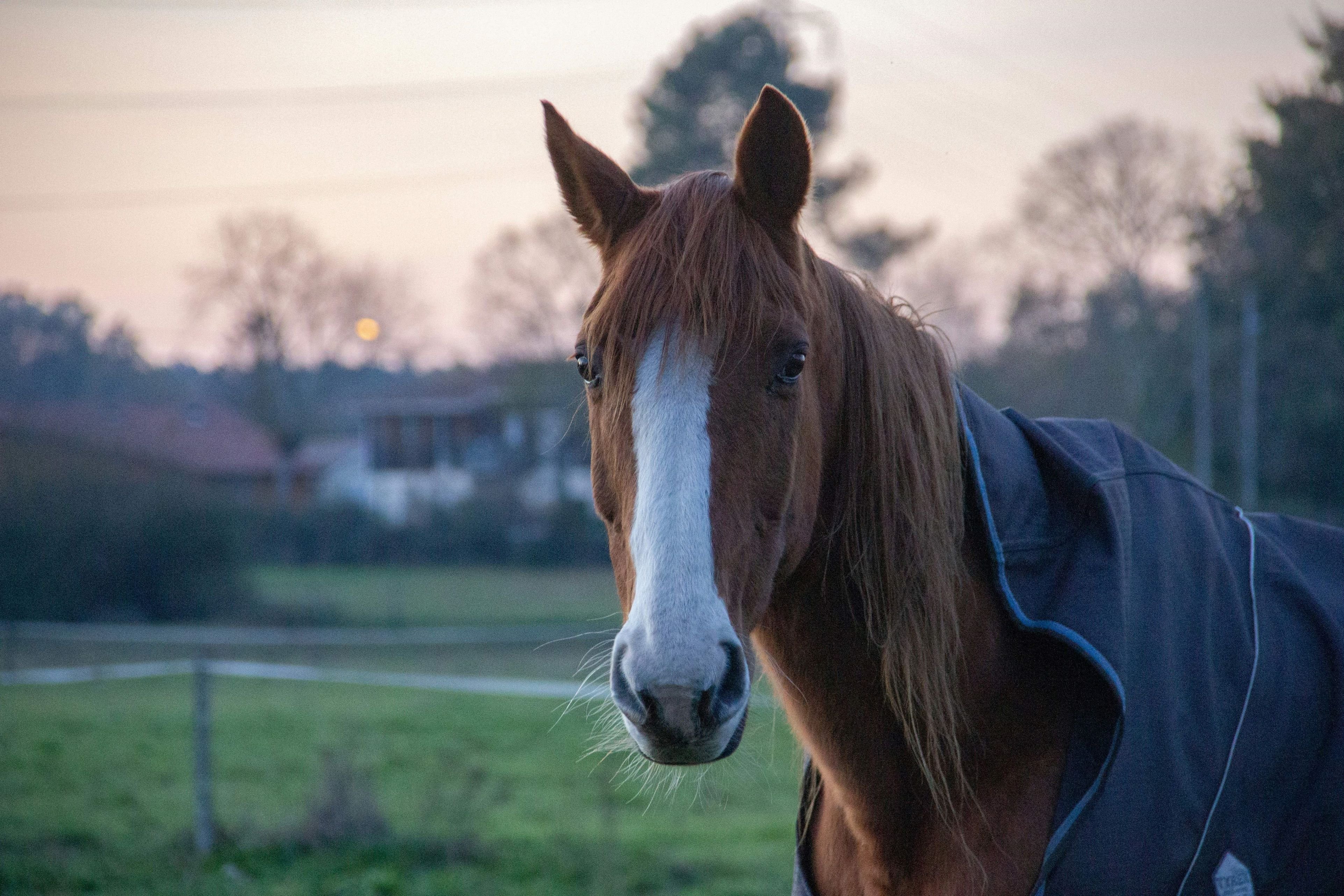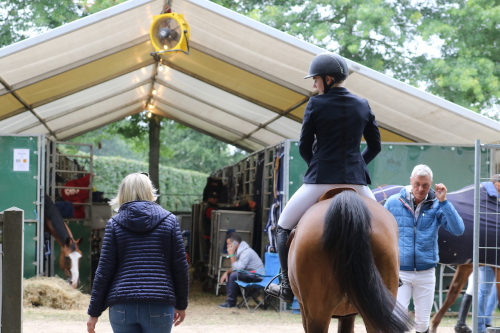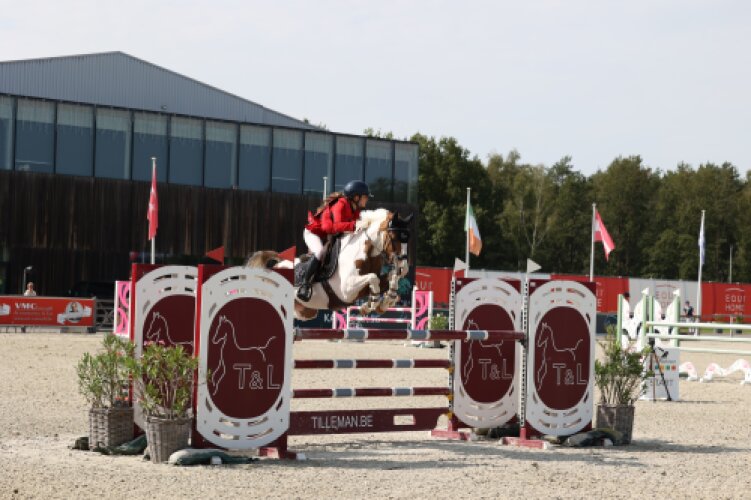We probably speak for the majority of riders and horse owners when we say that winter is not exactly our favorite time of year. Riding in the cold, the dark evenings, the constant doubt about which blanket is best to use... Unfortunately, we can't do much about the cold and the dark evenings, but when it comes to blankets, we're happy to share some tips and tricks below!
It is now mid-October, and many riders or owners are beginning to wonder whether they should already start blanketing their horse. The rule is actually quite simple: if your horse is cold, put a blanket on; if not, take the blanket off.
An unclipped horse typically doesn’t need a blanket. Horses naturally keep themselves warm through their coat, which rises in colder temperatures to create an insulating layer of air. However, there are situations where using a blanket is useful, such as for clipped horses or horses in heavy winter training. A thick coat can be problematic for a horse in training, as it takes longer to dry and makes it harder for the horse to dissipate excess heat. In this case, you can either clip your horse or start blanketing early in the season to prevent the growth of a thick winter coat.
When to start blanketing depends on the outdoor temperature and the amount of daylight. Daylight has a significant effect on the development of your horse’s winter coat. As the days get shorter, horses start growing their winter coat, even if it’s still warm outside.
In early September, when the days get shorter, you can start using a summer blanket at night. This is a thin blanket without filling, suitable for when daytime temperatures stay below 15 degrees Celsius. Other options include a rain sheet or a blanket with very light filling (up to 100 grams).
When temperatures range between 0 and 10 degrees Celsius, a thicker blanket with 200 to 300 grams of filling may be needed.
As temperatures approach freezing, a heavier blanket with 400 grams or more may be the best option.
Of course, other factors besides temperature also influence whether or not to use a blanket (and which one). Stable conditions play an important role. If your horse is housed in a well-insulated stable, you won’t need to blanket as quickly. In a stable, it can be 10 degrees warmer than outside, and temperatures tend to drop less rapidly at night due to the presence of other horses that generate heat. Stables with plenty of daylight help prevent the horse from growing a thick coat, even when clipped. In stables without natural light or limited outdoor activity, you may need to switch to warmer blankets more quickly.
A clipped horse loses its natural insulation and therefore needs more help staying warm through a blanket. A blanket with an additional 100 grams of filling is a good starting point to prevent the horse from quickly growing back a thick coat.
The insulating capacity of a blanket decreases with washing, as the filling becomes flatter over time. This reduces the amount of air trapped in the filling, thereby lowering insulation. Therefore, opt for a high-quality blanket that stays loftier for longer. If your horse spends a lot of time outdoors, attaching a neck cover to the blanket can provide extra warmth, which might reduce the need for a heavier blanket.
Regularly check under the blanket to ensure your horse is comfortable. Some horses warm up more quickly than others, and by checking frequently, you’ll get to know your horse’s preferences. If you’re unsure, it’s better for your horse to be slightly cold than too warm. A horse that is too warm for prolonged periods and sweats excessively could develop colic.
In short, the right horse blanket depends on several factors, such as stable environment, daylight exposure, training, and whether your horse is clipped. Regularly checking if the blanket fits well and if your horse is too warm or too cold is essential to ensure your horse's well-being throughout the winter."



